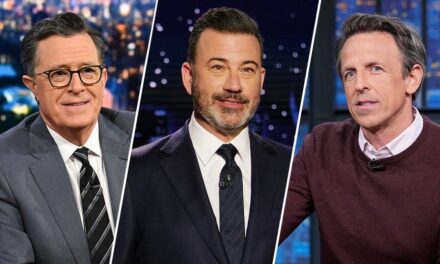It has been 99 days since Kamala Harris was unveiled as the Democratic vice-presidential nominee alongside Joe Biden, and yet, she has not conducted a formal press conference. This has raised substantial curiosity among political analysts, media professionals, and the public, who are eager to hear more extensively from the vice-presidential candidate.
Since launching her campaign as part of the Biden-Harris ticket, Harris has engaged in various interviews and public appearances. However, the structured and complete scrutiny that typically occurs during a formal press conference has been notably absent. The absence of such a press conference does not escape attention, considering the significant role she plays on the political stage. Being the first woman of Black and South Asian descent nominated for vice president by a major party, Harris is under intense scrutiny to articulate the party’s vision and policies.
Harris’s role in the campaign has largely been one of support, echoing policy proposals and statements made by presidential candidate Joe Biden. Her speeches and public appearances have often been tightly scripted, focusing on key battleground states and virtual addresses. The strategy has proven effective in maintaining a controlled campaign narrative, albeit at the cost of limited direct media engagement through traditional press conferences.
Critics argue that avoiding a formal press conference might be a tactic to limit exposure to potentially controversial or unforeseen questions, thus protecting the campaign’s focus and message. However, others suggest a formal engagement is necessary to provide voters with clarity on how Harris herself plans to contribute to the administration, should the Democratic ticket succeed in the election.
Meanwhile, the media landscape has dramatically transformed, with virtual engagements becoming a predominant form of communication due to the COVID-19 pandemic. Despite this, the expectation for a structured press engagement by way of a formal press conference remains. The media, accustomed to pressing candidates on a wide array of issues, continue to anticipate such an interaction.
With election day having passed and the Biden-Harris ticket emerging victorious, the conversation now shifts to how Harris will carve out her role as Vice President. The absence of a press conference to date might soon be mitigated by increased responsibilities and an intensified public profile as she transitions into a key figure in the forthcoming administration.
As observers and constituents look forward to the transparency and explanation of policies and personal stances, the pressure mounts on Harris to not only support the incoming President but also to define her voice in the future political landscape through traditional platforms of public discourse and media engagement. Whether Harris will step into more robust dialogue with the press remains a topic of keen interest as her tenure inevitably takes shape in the coming months.
































